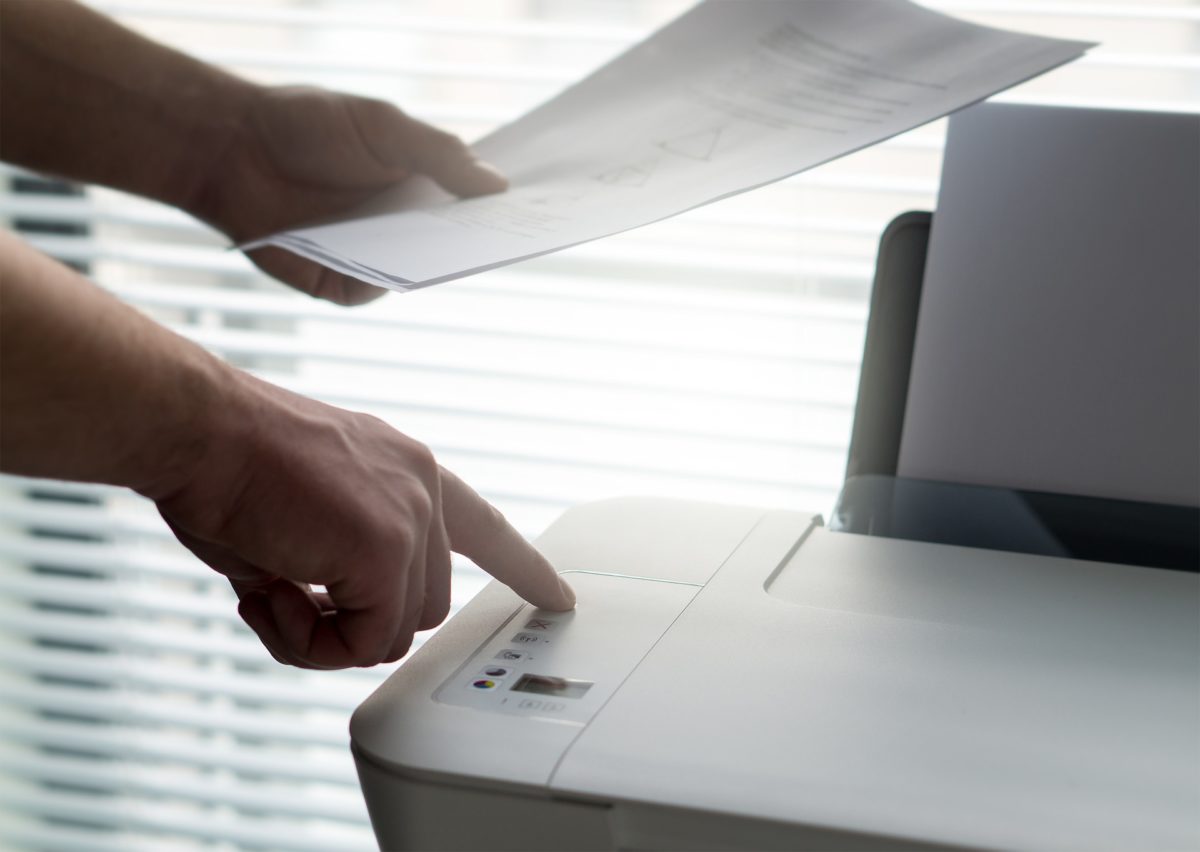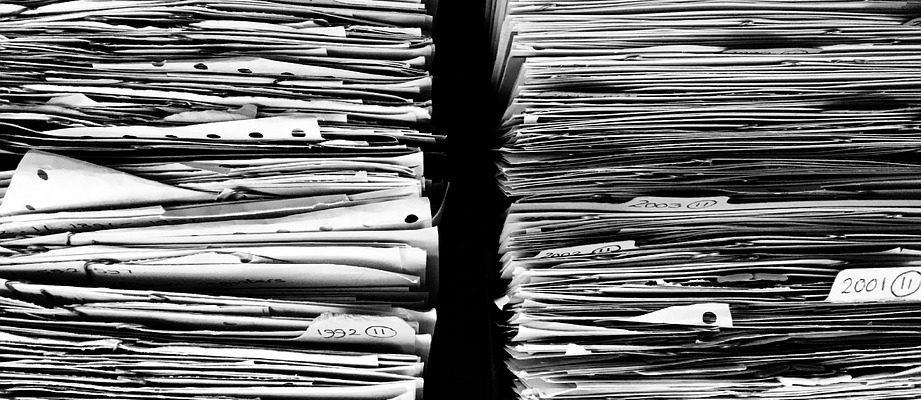Somewhere out there, the mythical paper pusher exists. He lives only to push stacks of paper around with a broom. There is only paper in the lonely warehouse in which he presides. Stacks and stacks upon papers, like a great archive of important but ultimately disorienting information. He makes his bed on a stack of papers and falls asleep wondering what life is like on the outside. If you image your documents, you can save this man. The paper will be shredded, he will be freed.
Fairy tales aside, we are well into a digital age that is unlikely to end anytime soon. Many businesses are transitioning to full digital image storage solutions to save space and protect their information. Once images are digitally stored, they can be safely shredded to avoid any privacy concerns.
Document Imaging is Not a New Concept

Fax machines enjoyed great popularity in the mid to late 80’s and going forward. Some offices still use fax machines to this day and even before fax machines were the cause of great misery for anonymous office workers around the world, microfilms existed much to the delight of spy novelists and chagrin of actual spies. These methods were ways in which documents were copied and able to be transferred. It’s clear that document imaging has existed for quite some time but unlike then, digital imaging and the proliferation of technology makes it possible to—in many circumstances, do away with the paper copies. Information is becoming primarily digital, with paper copies being second hand.
Imaging your Documents Saves Money
Having your documents digitally imaged brings all the benefits that comes with having things digitally stored. Namely, the ability to search and find documents is significantly easier. Organizing these documents takes far less effort than if you have a huge file cabinet full of papers that someone has to crawl through. Ordinarily, documents that are images are—of course, not text based. This is why PDF files are not searchable through ordinary means. However, through a technology called Optical Character Recognition (OCR), the image file can be made readable and be capable of being indexed properly.
Because these images can be accessed and found much quicker, it saves on labor costs over time as anyone who needs to find something doesn’t need to waste any more time than they need to thus freeing up time to spend on other tasks. In other words, it is more efficient and productive.
Even more important, in case of emergencies such as water damage or fire, having these files stored digitally can be a huge relief knowing that they are safe from the elements and able to be restored. While these situations are hopefully few and far in between at most, the peace of mind of knowing that your documents are safe from damage is priceless. To this day, many people wonder what ancient wisdom the Library of Alexandria contained before it burned.
It Saves Trees
Do I need to explain the positives of saving trees and moving towards a greener future? If you’re a big fan of oxygen then you might want to look into digitizing files. Every bit helps!
Document Imaging in Columbia, South Carolina
There aren’t many cons to digital imaging of documents however it is important to note that we are not yet at a point in which all documents can be digitally stored. Many legal circumstances or contracts still require hard copies for reference or proof and digital copies are at times viewed as inauthentic or less authentic than their tangible counterparts.
This is why it is important to decide which documents should be transferred digitally and which documents must be kept archived. If you would like to lighten your load by shredding some documents and having them managed and stored digitally, Master Vault can help you every step of the way. Contact us today at (888)-297-4733 for a slew of fully compliant storage solutions, or click here to learn more.

